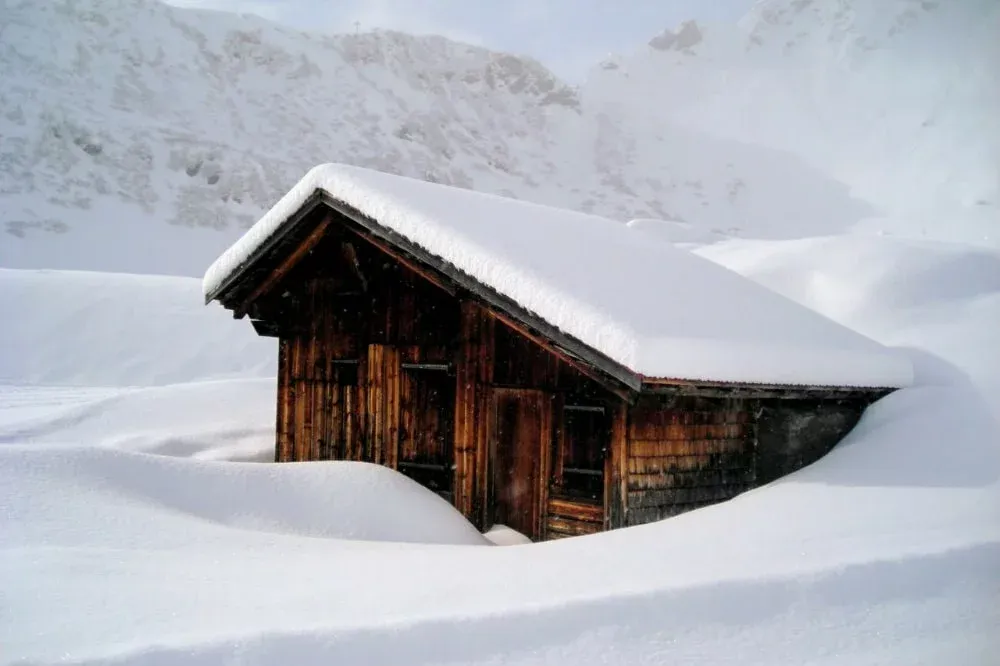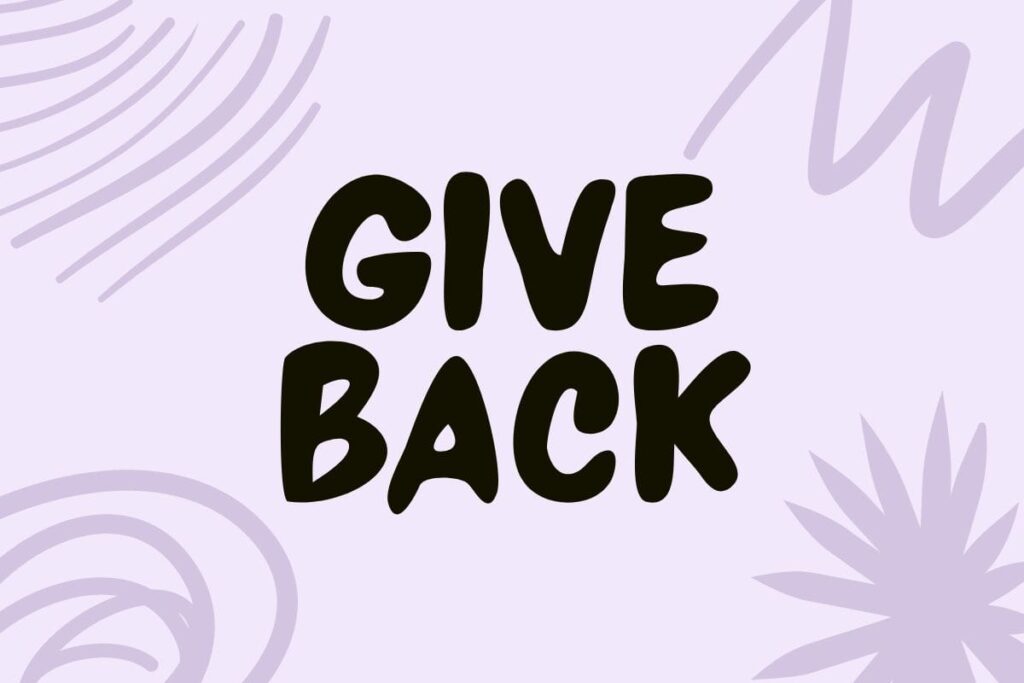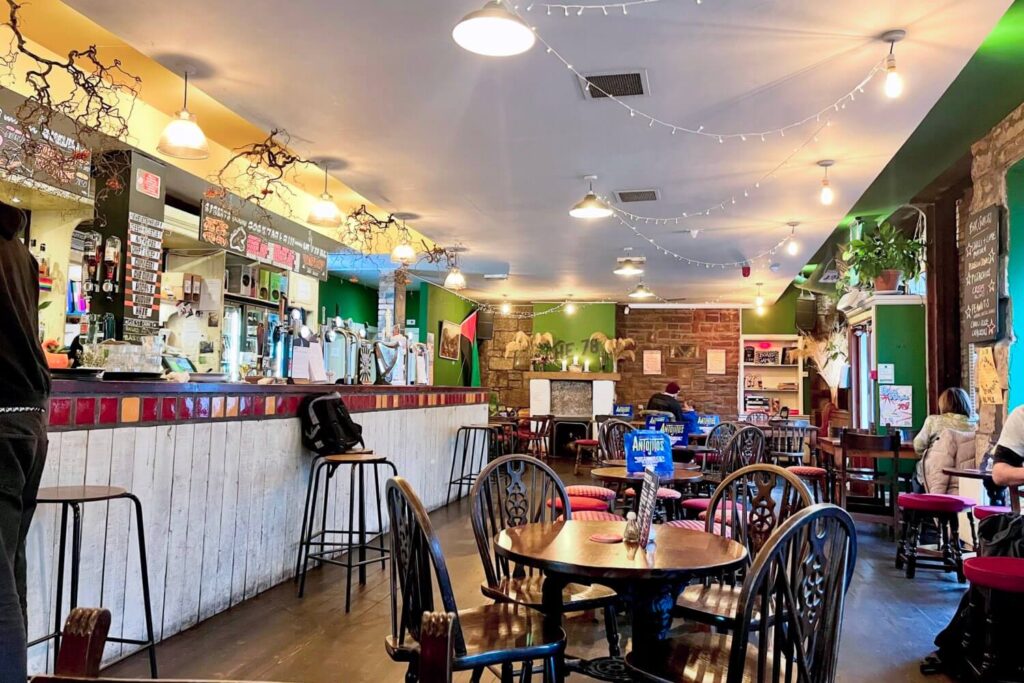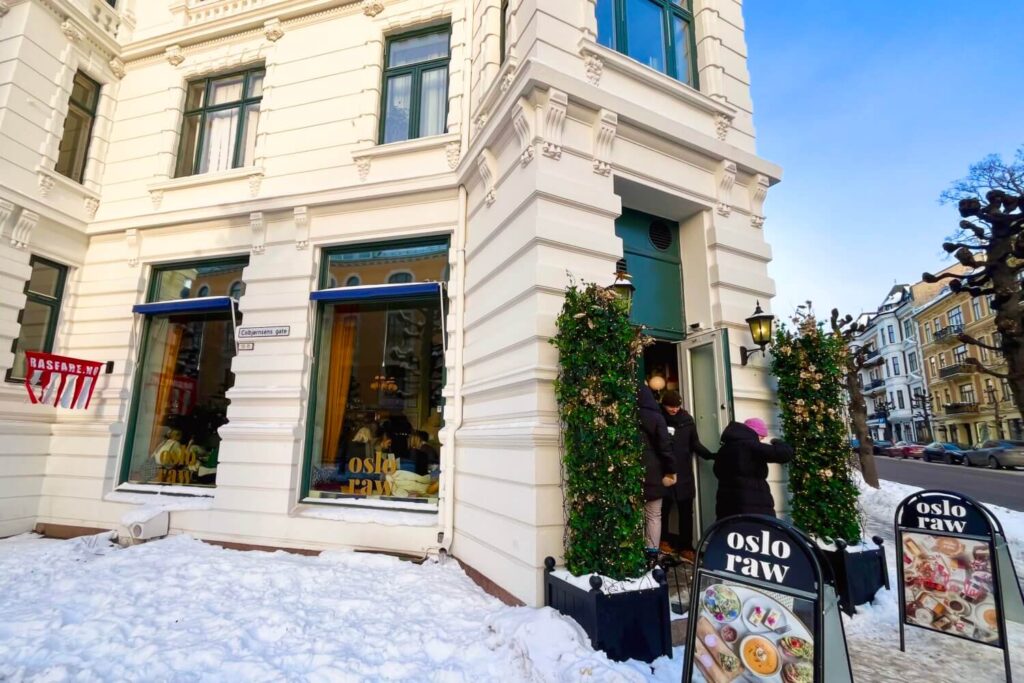In the first part of my non-skier’s guide, I introduced Winter hiking as an option for those who want to experience all that the Swiss mountains have to offer, but aren’t interested in skiing. In this second part, I’ll be covering sledging in the Jungfrau region, another activity that’ll also get you in touch with the mountains, requires very little skill or expertise and will perhaps even get your Adrenalin going.
Sledging in the Jungfrau Region
In many parts of the world, sledging is an activity that only children get to enjoy. It’s rare to find an adult on a sledge and when you do, they normally attract frowns and astonishment from other more-boring grown-ups.
In Switzerland, things are a little different. Sledging in the Jungfrau region and Switzerland generally has a long history and is enjoyed by kids and adults alike. Families will often go out together to get some fresh air and to enjoy the slopes on their sledges. It’s an activity that is largely safe for all ages and always great fun!
A burgeoning sledging obsession
I was not aware of Switzerland’s fondness for sledging when I went to hire a sledge of my own for the first time. Indeed, I began to feel a little bit silly whilst being shown how to steer my pristine-condition wooden sledge by a much younger hire shop employee. Thankfully, my embarrassment didn’t get in the way of my ambition to give sledging a try. Indeed, I actually found that my interest in sledging rapidly became an obsession.
In this post, we’ll be exploring three sledging runs in the Jungfrau region, each offering up-and-coming and pro sledgers different experiences. Whether you’re looking for tranquility or you’re keen to lose a couple of limbs, hopefully I’ve got your covered. Once we’ve looked at the runs, we’ll then look at what I learnt from my sledging experience so that you can remain safe whilst in the mountains.
Let’s begin our exploration of sledging in the Jungfrau region with a look at the world-famous Bob-run, just north of Mürren.
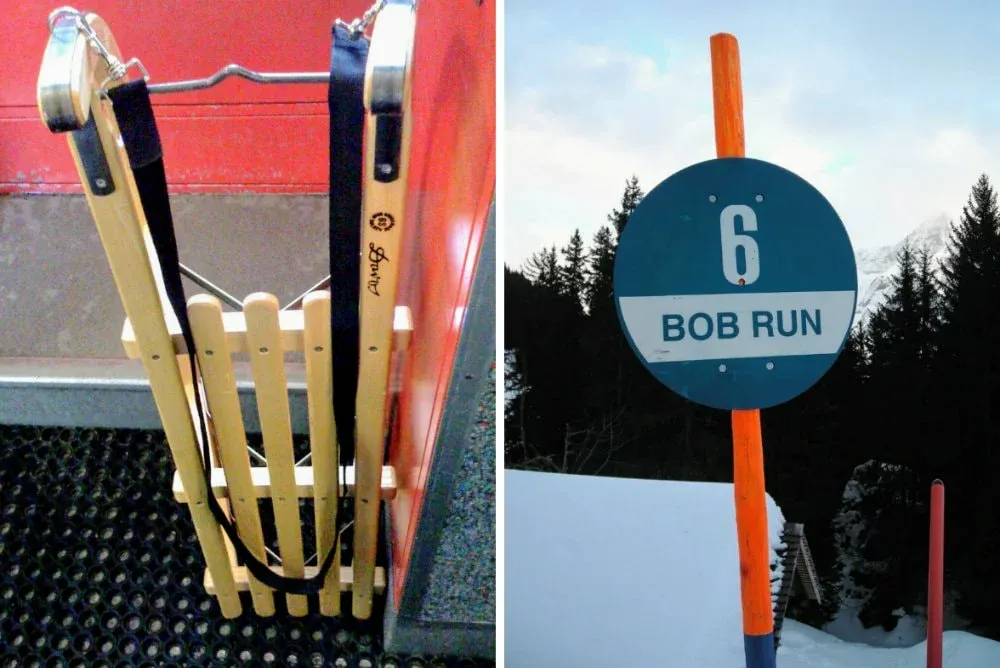
My preferred sledge of choice and a sign indicating the start of the Bob-run
Bob-Run: Sledging from Allmendhubel to Mürren
My first encounter with sledging in the Jungfrau Region was on the Bob Run. Parts of the James Bond film, “On Her Majesty’s Secret Service” was filmed along stretches of this famous 3km-long trail. If it’s good enough for Bond, it’s good enough for me.
Having rented my sledge from Mürren’s Sport Centre, I took the ‘Allmendhubelbahn‘ funicular to Allmendhubel (1907m) where I found myself at the start of the Bob-run. Over the course of its 3km, the run descends 94m back to the funicular base station where inevitably, you will want to buy another ticket to take you back to the top to have another go.
A sledging run for beginners
The Bob-run is a good sledging run for beginners. It’s reasonably flat throughout, so speeds are pretty slow. That said, watch out for the steep drop to the left of the run at the beginning. The path is wide, so chances are you’ll be fine, but make sure you’ve nailed the art of steering early and ensure you’re constantly ready to stop your sledge should you start to veer off course.
Additionally, be warned that the Bob-Run is a multi-use track. Walkers, sledgers, skiers and snow boarders are all welcome along the route. It’s hardly congested, so you needn’t be put off by this. Stay alert and you should be fine.
A Scenic Route to Mürren
As you trundle your way back down the Mürren, you will find there are some tighter corners and steeper sections. You will pick up speed pretty quickly here and you will undoubtedly fall off your sledge. I fell off a number of times but did no damage to myself as the snow was light and powdery and it cushioned my fall.
From start to finish, the scenery along the Bob-run is absolutely incredible. There are some sections of the run that are entirely flat and require you to walk. Whilst you do so, take a moment and enjoy the landscape and the tranquility. Often, you’ll feel like you have the entire mountain to yourself.

The sledging run between Mürren and Gimmelwald is stunning!
Sledging from Murren to Gimmelwald
The second run I tried was another 3km run, this time from Mürren to the impossibly beautiful, remote and serene village of Gimmelwald (1367m).
Similarly the Bob-run (above), this is a multi-use track though this time, skiers and boarders aren’t allowed. Walkers however are permitted and, perhaps more worryingly, vehicles are too.
I didn’t encounter any walkers, but I did encounter a snow plow, which appeared behind me as I trundled my way down the run. Since the trail is narrow, I had to stop and allow the plow to pass. I dismounted my sledge and had no options but to wade into 1.5m of snow lying at the side of the track. A little bit awkward, but all part of the fun.
A sledging run of straights and easy corners
This run is perhaps even better for beginners than the Bob-Run. It’s a very calm track with lots of straights and easy corners. Aside from the stunning scenery (even more stunning than the scenery on the Bob-run), what I liked most was the continuous nature of it. Give or take some sections where the snow was too deep or the parts where I lost control and end up on my backside, my sledge ran non-stop the entire 3km route.
If the journey wasn’t good enough already, the destination is quite frankly incredible! Swiss to the bone, unbelievably quiet and in a perfect remote setting, Gimmelwald is easily one of my favourite places in the whole of Europe. Make sure you set aside plenty of time to stop and soak in the calmness. Gimmelwald is not a place for doing, it’s a place for just being.
When you’ve had your fill of Gimmelwald’s splendor, getting back to Mürren where you set off is a piece of cake. A cable car travels between the two villages frequently and only costs a few Swiss Francs.
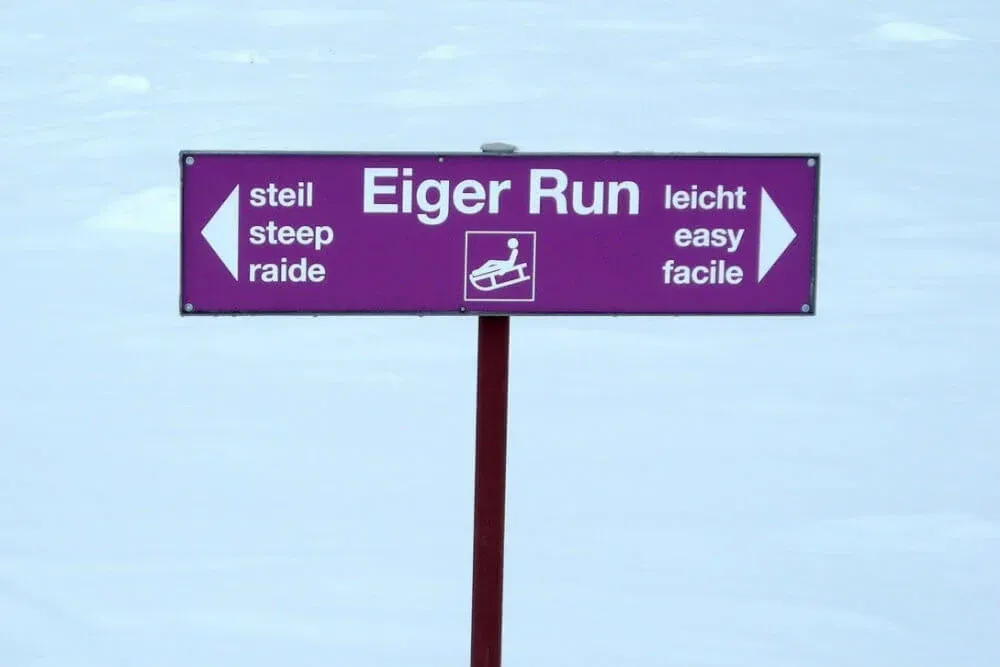
Grindelwald marks the end of the Eiger run
The Eiger Run: Sledging from Kleine Scheidegg to Brandegg
At the foot of the intimidating north wall of the mighty Eiger is the Eiger Run, trumpeted as the best option for sledging in the Jungfrau region.
Of the three sledging runs I tried, the Eiger Run provided the biggest thrill of the week. This sledging run is fast! At one point, my GPS clocked me at 44kph (30mph)! Pretty good going for a sledge!
My turn on the Eiger Run
I took to the trail at Kleine Scheidegg (2061m) and after 1.5km of combined walking and sledging I arrived at the start of the Eiger Run at Alpiglen (1616m). A sign indicates the start of the 3km trail and gives you a choice of two routes – One ‘easy’, the other ‘steep’. Being generally foolhardy in my endeavours, I opted for the steep section.
Take note; the ‘steep’ section is steep. Who’d have guessed?! For almost all of it, I rocketed down the slope in an uncontrollable and slightly terrifying manner. Unexpected twisty turns and crests added to the madness. I could do nothing but cling onto my sledge, fully expecting to tumble off in dramatic fashion at any moment. I relinquished full control to gravity and gravity obliged. The fear, the speed, the folly of it all, it was such great fun!
My sledge eventually came to halt at the brilliantly named village of Brandegg (1500m). I took a deep breath and grinned from ear to ear. A much older couple, also on sledges arrived shortly after me. Their cackling laughter echoed around the surrounding slopes.
Onwards to Grindelwald
A unnamed sledging run continues from Brandegg through idyllic, remote settlements and woodland to Grindelwald Grund railway station, where you can take the train back up to Kleine Scheidegg or go one stop in the other direction to Grindelwald if you so choose.
As I approached the end of the trail, I encountered one final flourish. The very last section consists of a wide and steep hill. As the snow was quite deep, I couldn’t tell what the correct route down was. Having just survived the Eiger Run, I was buoyed by an over-inflated confidence so I just mounted my sledge and set off.
Big mistake! The snow was very deep and the gradient only got worse as I descended. Just as I realised I no longer had any control over the sledge, the front of the sledge pitched forward into the snow and I followed, head first.
When I came to a stop, I made sure I was still in tact. Everything seemed fine. I got up and I looked back to retrieve my sledge, but it had vanished! After around five solid minutes of digging, I managed to find it again, buried more than a metre into the snow.
It was a fitting end to my adventurous and slightly shambolic sledging in the Jungfrau region experience.

Tips for Sledging in the Jungfrau Region
Here is a summary of everything I learnt whilst sledging in the Jungfrau region. Remember, I’m not an expert, therefore this post should be viewed as unqualified advice. Always seek the guidance of a professional if you’re unsure.
Essential Sledging Gear
The following items are all absolutely essential for staying safe whilst sledging in the Jungfrau region.
- Food. Think high protein, high fat/sugar items that will keep you sustained. I took chocolate bars and nuts.
- Water. Take a bottle of water with you. You’ll need it.
- Maps. Piste maps are normally free from your accommodation or from the tourist office and normally include sledging routes. Ask if you can’t find them.
- Pocket First Aid Kit. Light, pocketable and affordable first aid kits can be found in supermarkets and pharmacies.
- Mobile phone. Before heading out, make sure you have the phone number for your accommodation and the local SOS number saved in your phone.
- Mobile charger. Make sure you don’t run out of juice by taking a fully charged mobile charger.
- A comfortable waterproof bag. You’ll want a bag to hold everything in and you’ll certainly want that bag to be waterproof, well-fitted and comfortable.
Listen carefully to all advice
When you hire your sledge, listen carefully to all the advice you are given by staff and ensure you adhere to it throughout your sledging experience. If you have any questions, don’t be afraid to ask.
Follow the signs and markers
Probably the most important tip I can offer is that you follow all of the signs and markers along the route.
- Permanent signposts are mostly yellow (sometimes purple) and normally states in hours and minutes how long it takes on average to reach the destination on foot. You’ll normally see these at stations and intersections.
- Magenta signs are sometimes put up in snowy conditions and often just have ‘Wanderweg’ (‘hiking path’ in German) written on them. Pictographs depicting a person on a sledge will often accompany pictographs of hikers.
- Route markers are simple plastic or wooden poles sticking out of the snow every 20-30 metres. The colour of the poles vary but they are more often than not purple with florescent stripes on them.
Sledging Costs
There are only two things you need to consider when it comes to costs; equipment and transport. There is no charge for using the sledge runs themselves.
Equipment costs
Hire shops (mostly Intersport branches) can be found in every major village and town and almost all of them offer three types of sledge. I recommend a traditional, sturdy wooden sledge. CHF10 for one day’s use is pretty typical. You may find hiring from the quieter resorts or at lower altitudes is cheaper. The hire shop will take the details of a credit card as insurance or, if you don’t have a credit card, will keep hold of your driving license or passport until you return the sledge.
Transport costs
Transport in Switzerland isn’t cheap. If you’re planning to make significant use of public transport throughout your visit to the Jungfrau region, invest in a Swiss Travel Pass or Half Fare Card for a 50% discount on all the cable cars, trains and funiculars.
I hope you’ve found this non-skier’s guide to sledging in the Jungfrau region useful. If you have any questions, you can always drop me a comment in the box below. Have fun in the mountains and stay safe!
